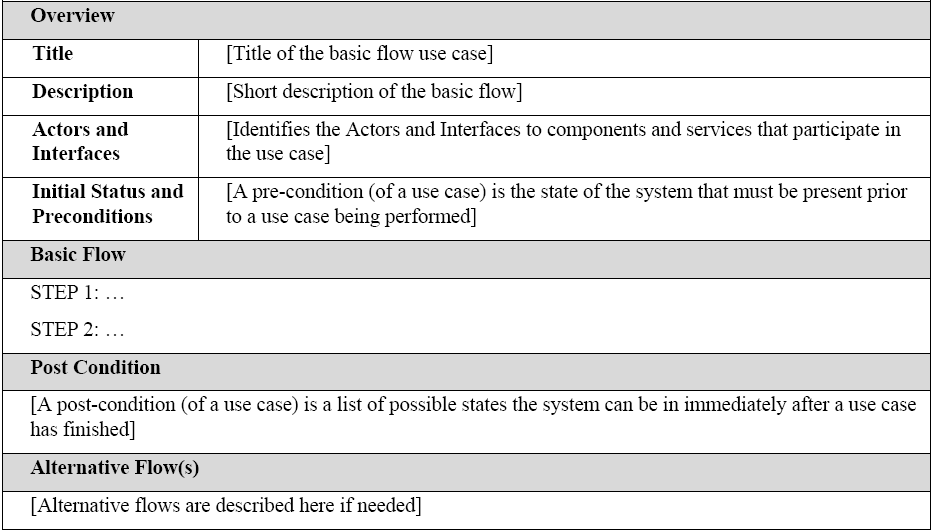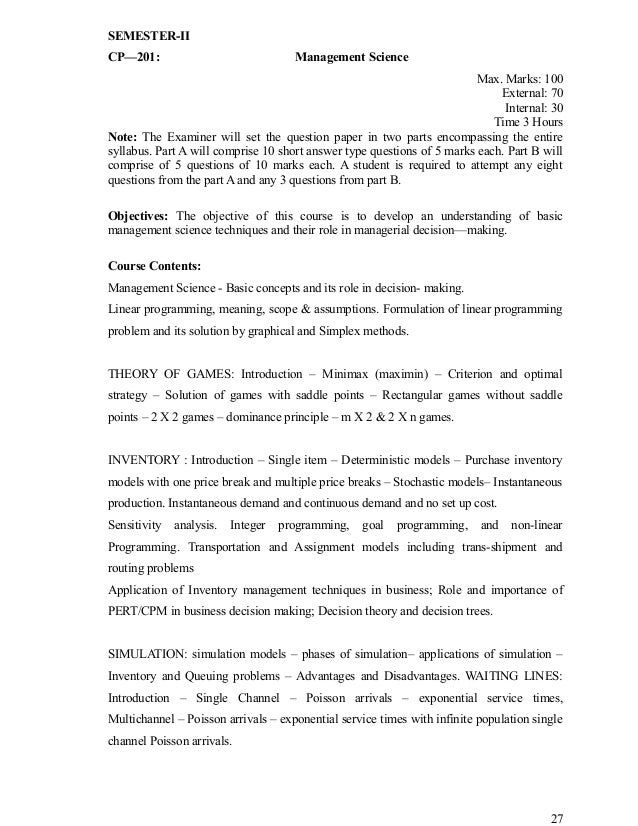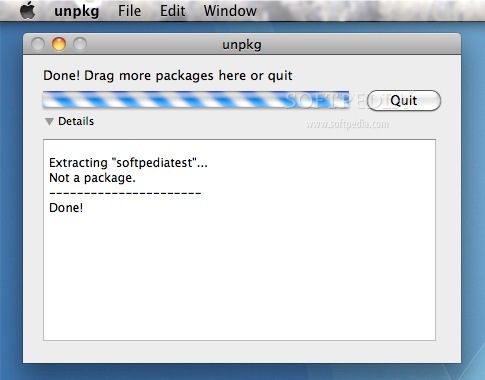
Following is the example of React npm package example īy default unkpg will automatically redirect above URL to latest version of package. To load an entire package we need to directly specify the package name followed by URL. The above URL can be loaded similar to any other javascript file using script tags as follows If you omit the version from URL, unpkg will automatically pick the latest version of underlying package Use it to quickly and easily load any file from any package using a URL like: package is the name of npm package UNPKG is a fast, global content delivery network for everything on npm.

Unkpg umd folder Let’s see how we can include any npm package or file in browser UMD modules are capable of working everywhere, be it in the client, on the server, or elsewhere. In the following example from React(a popular JavaScript library for building user interfaces), we can see umd folder included in the released version i.e. To run any package in the browser you need UMD (Universal Module Definition) build of that package. These work in conjunction with the jQuery script (typically added to all pages in _Layout.cshtml by default, but included above for demonstration purposes) to add client-side validation to your form.Sometime you might be feeling lazy or quickly want to test out some features or functionality using the NPM package directly inside the browser. Client-side validation is purely about user-experience.Īll the default Razor Pages templates include a shared partial called _ValidationScriptsPartial.cshtml. Client-side validation does not provide data integrity or security, only server-side validation can do that. Note that you must always validate on the server, regardless of whether you have client-side validation. This is really table-stakes for any application on the web these days. Instead of having to wait for the round-trip to the server, the customer is immediately notified about missing fields or errors. Using client-side validation improves this experience, giving immediate feedback. After completing the fields, the customer would hit submit, and it's only after the form is validated on the server and the response is sent that they get any feedback that something went wrong. One thing to note about the page above is that it currently doesn't use client-side validation. If the model wasn't valid, we redisplay the form (which shows the validation error messages).įor completeness, the basic Razor form looks something like this: MvcClientValidation. If so, in this example we set some TempData with a message and redirect to another page (using the Post-Redirect-Get pattern). When submitted, the OnPost() handler verifies that validation of the Person model has passed successfully. Pages public class TestModel : PageModel DataAnnotations namespace MvcClientValidation. The following PageModel contains a simple input model Person which we will bind to a form. So that we have a concrete example to work with, I'll create a very basic Razor Page, but this applies to "traditional" MVC in exactly the same way.

Unpkg requirements free#
Feel free to skip ahead if you know all this!

In this section I'll show how client-side validation works currently. The recommended/supported approach is all based around jQuery. NET 7 recently, and one thing that still hasn't changed is how you do client-side validation in ASP.NET Core. In this alternative approach we rely on a small JavaScript library called aspnet-client-validation instead. In this post I look at an alternative to the default (supported) jQuery-based client-side validation. Nevertheless, one feature made it's way essentially unchanged into ASP.NET Core: client-side validation. NET Framework System.Web-based ASP.NET Framework, but it's fundamentally faster and more modern. ASP.NET Core is heavily influenced by the legacy.


 0 kommentar(er)
0 kommentar(er)
